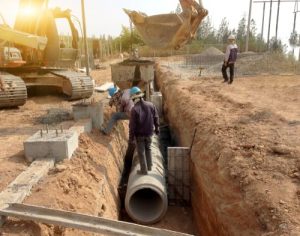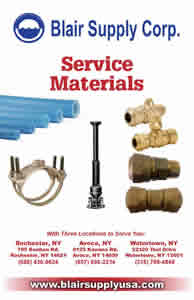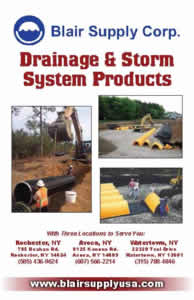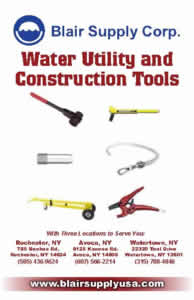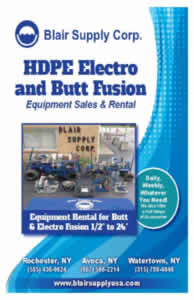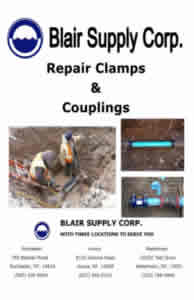Blog
Municipal Drainage Pipe Installation & Maintenance: General Guidelines
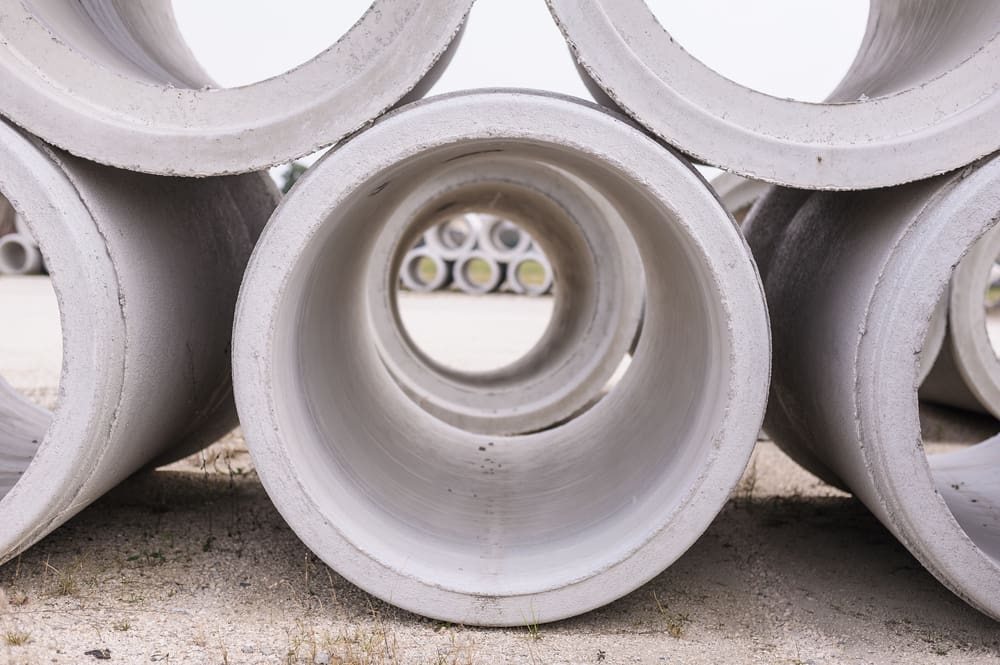
Installing a municipal drainage system is no small feat. The design of a drainage system has to consider the structural integrity of both the system itself and the buildings it is designed to serve, as well as the wellbeing of the occupants. As having proper drainage is essential for any community, the installation of municipal drainage pipes should never be taken lightly.
However, the vast number of the considerations that should be made prior to any drainage installation project makes it difficult for us to address the topic briefly. Nevertheless, analyzing the different drainage system types and some general installation practices can help you gain a better understanding of what a municipal drainage project may entail. Whether you’re looking for a plastic drainage supplier for an installation project, or just want to learn more about the water/wastewater industry, read on.
How do you install drainage pipes?
The specifics of a drainage installation process can greatly vary depending on the specific project. Here are some general considerations to be made when installing a municipal drainage system:
Choice of pipe
The choice of piping material for a drainage system can depend on a number of factors. For instance, underground drain pipes are more often made from HDPE, vitrified clay or cast iron, whereas surface pipes are often made from PVC, cast iron, or galvanized steel depending on the exact circumstances of installation.
Maintaining building integrity
If a drain is built next to or underneath a structural part of a building, additional measures need to be taken in order to make sure that the building’s stability is not compromised. Additionally, the drain installation shouldn’t impair the stability of any other adjacent buildings or services. This can influence the choice of piping materials and the installation process itself.
Sustaining forces/loads
When constructing a drain, the end result needs to be able to sustain the maximum forces and loads it is predicted to be subjected to. This has to do with the manner in which the pipe is supported, bedded, or joined together, as well as the choice of pipe material itself. The chosen pipes should be able to withstand root penetration and acidic chemicals found in sewage in order not to cause obstructions and other issues.
Choice of pipe joints
Choosing the right kind of pipe fitting is essential for ensuring pipe integrity and minimizing the risks of damage. The joint materials and techniques mainly depend on the type of pipe that is used, and should be installed in a way that enables a smooth drain flow.
Manholes/inspection chambers
Any drainage system installation should consider the proper placement of manholes or inspection chambers. Manholes are generally constructed when there are changes of direction, grade, alignment, or size of the sewer, as well as at junctions of two or more drains.
What are the effects of poor drainage installation?
A poorly designed and installed drainage system can lead to a full array of problems. In addition to preventing structural damage and safety hazards, proper drainage is an essential part of good environmental health. Here are some health and safety risks associated with poor drainage installation:
- Poor drainage can lead to flooding and result in severe property damage or loss, as well as damage water supply infrastructure
- Improperly drained stormwater can create disease breeding-sites by forming stagnant pools.
- Improper drainage is one of the leading causes of residential water source contamination
- Inefficient drainage can contribute to the spread of various diseases such as cholera or typhoid
These are only some of the effects of poor drainage installation. In general, well-designed and thoroughly planned drainage installation is a crucial factor in minimizing health and environmental risks.
Blair Supply Corp: your go-to plastic drainage supplier
